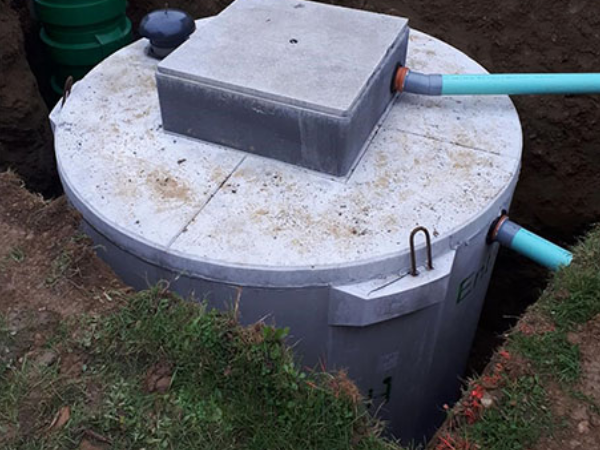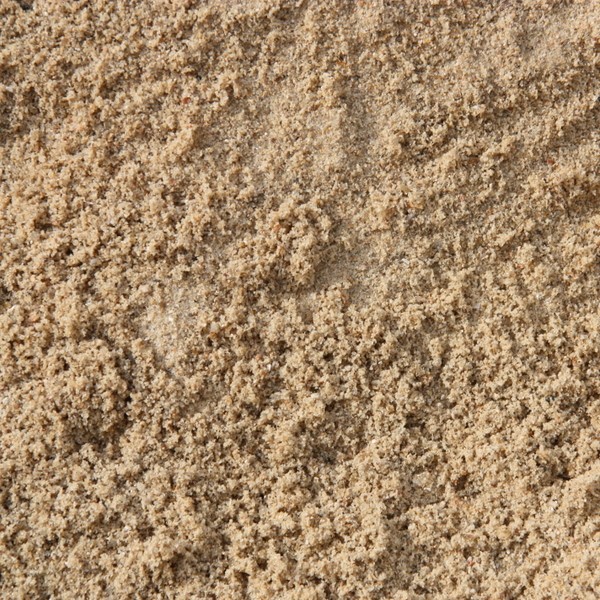(Page créée avec « Biodegradable filter assembly that retains the contaminants present in the water as it passes through. ») |
(Page créée avec « For a long time, the problem with filters was that they took too long to filter. Numerous solutions have been proposed over the years to improve their cost-effectiveness,... ») |
||
| Ligne 13 : | Ligne 13 : | ||
}} | }} | ||
{{Introduction | {{Introduction | ||
| − | |Introduction= | + | |Introduction=For a long time, the problem with filters was that they took too long to filter. Numerous solutions have been proposed over the years to improve their cost-effectiveness, while bearing in mind that their composition will have to use easily accessible materials. The biosand filter was an innovation that solved this problem thanks to its simple installation and it is for domestic use. It works in several stages, which can be summarised as follows Water is poured into the top of the filter, where a diffuser plate placed above the sand disperses the force of the water. By gravity, the water then slowly passes through the layer of sand, then gravel, before reaching the pipe at the base of the filter. At this point, the water is pushed through the pipe embedded in the concrete cover and exits the filter, ready for use. |
Comme pour tous les filtres à sable lents, il y a une combinaison d’actions biologique et mécanique pour enlever les agents pathogènes de l’eau. Quand l’eau est versée en haut, ses composants organiques restent à la surface du sable fin et forment (au bout d’une à trois semaines) un film bactérien. | Comme pour tous les filtres à sable lents, il y a une combinaison d’actions biologique et mécanique pour enlever les agents pathogènes de l’eau. Quand l’eau est versée en haut, ses composants organiques restent à la surface du sable fin et forment (au bout d’une à trois semaines) un film bactérien. | ||
Version du 6 septembre 2024 à 08:43
Introduction
For a long time, the problem with filters was that they took too long to filter. Numerous solutions have been proposed over the years to improve their cost-effectiveness, while bearing in mind that their composition will have to use easily accessible materials. The biosand filter was an innovation that solved this problem thanks to its simple installation and it is for domestic use. It works in several stages, which can be summarised as follows Water is poured into the top of the filter, where a diffuser plate placed above the sand disperses the force of the water. By gravity, the water then slowly passes through the layer of sand, then gravel, before reaching the pipe at the base of the filter. At this point, the water is pushed through the pipe embedded in the concrete cover and exits the filter, ready for use.
Comme pour tous les filtres à sable lents, il y a une combinaison d’actions biologique et mécanique pour enlever les agents pathogènes de l’eau. Quand l’eau est versée en haut, ses composants organiques restent à la surface du sable fin et forment (au bout d’une à trois semaines) un film bactérien.Étape 1 - Coulage de l'enveloppe
Coulage du béton dans le dispositif de coffrage
Étape 2 - Lavage du gravier - sable
Étape 3 - Montage du tube PVC
Étape 4 - Mise en place de la pompe dans le tube PVC
Étape 5 - Montage des éléments gravier sable
Étape 6 -
Draft


 Français
Français English
English Deutsch
Deutsch Español
Español Italiano
Italiano Português
Português